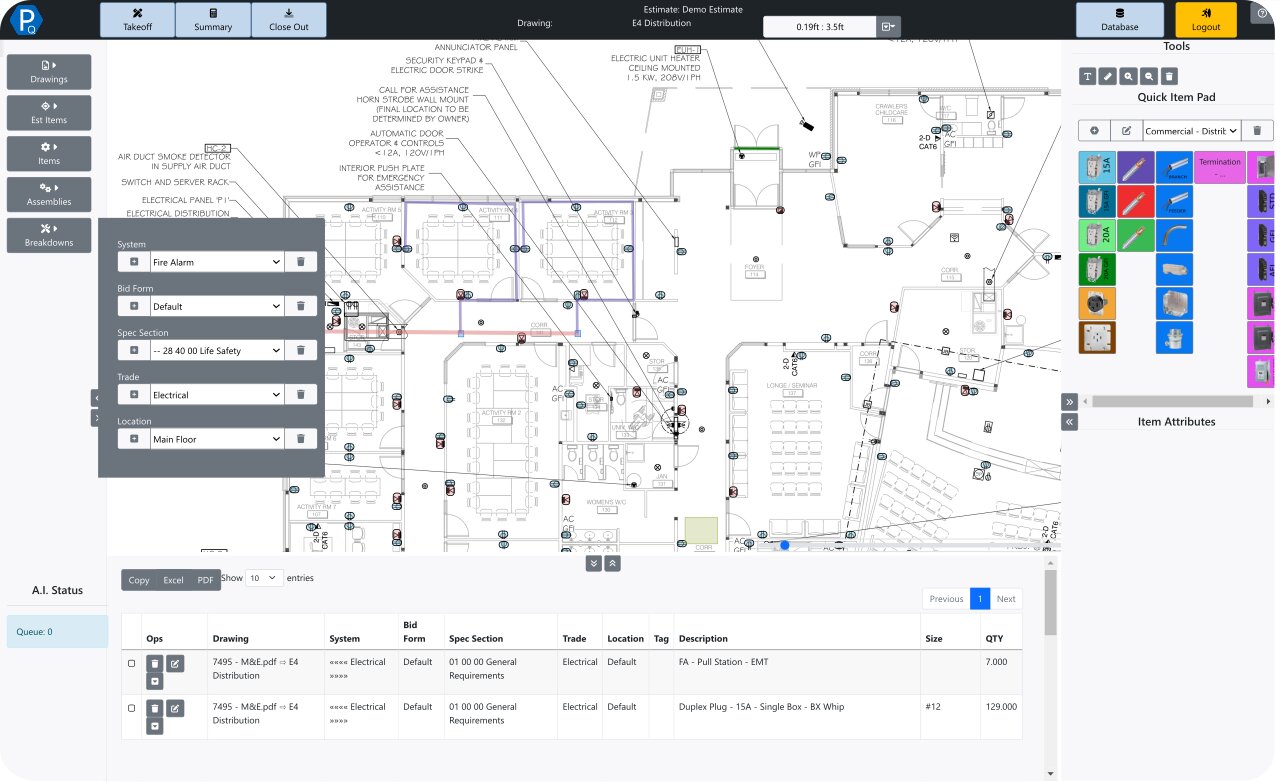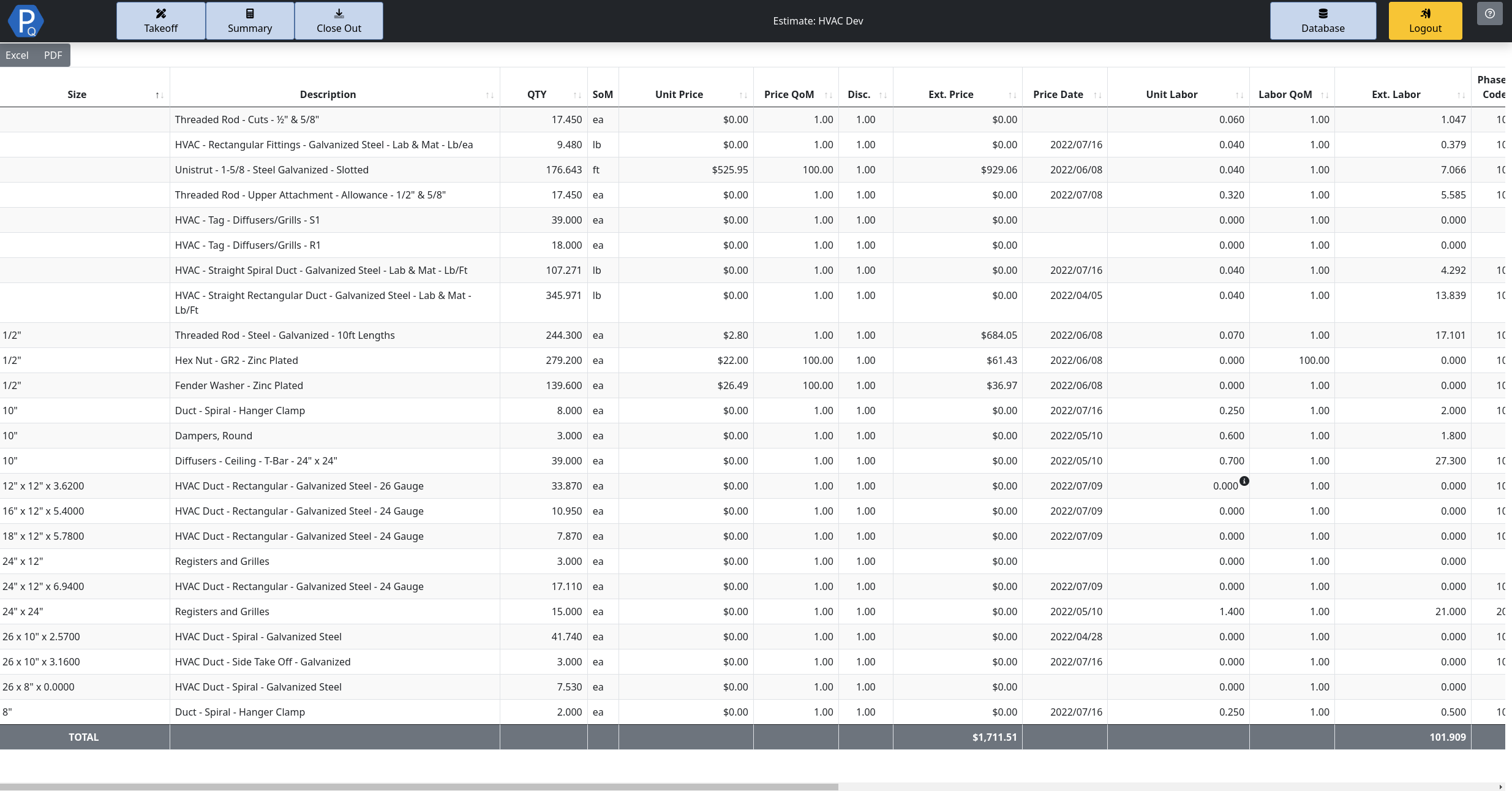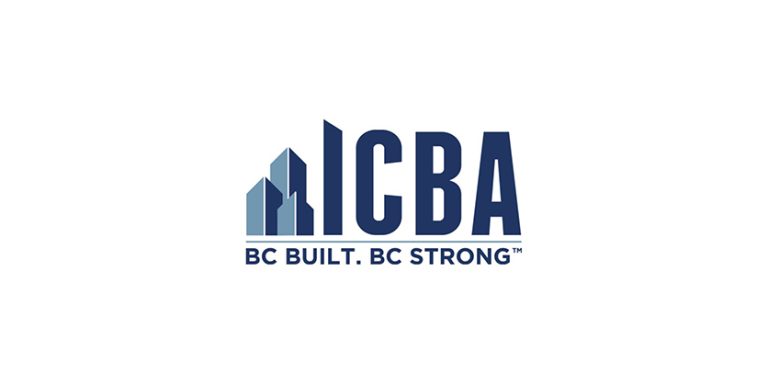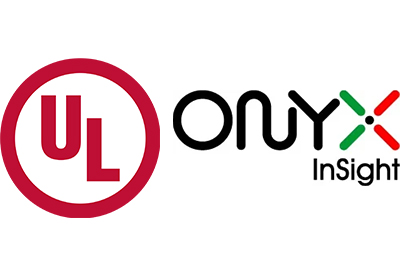Why Digital Estimating?

November 7, 2022
By Melvin Newman, Co-Founder, President and CTO of PataBid
Estimating is the foundation of any successful electrical contracting business. It is often overlooked though, due to its rapid turnaround nature and lack of direct revenue stream for contractors. However, proper investment in estimating is the key to business development, expansion and longevity.
Traditional methods of estimating have relied on pencil, markers and paper. In this “pen and paper” method, the project drawings are printed in one or more sets and then are taken off with items highlighted as they are counted. This process is very labour intensive and prone to human error. It is very easy to lose count when interrupted and/or to misplace the summary papers.
Once a paper-based takeoff is completed, the real work starts! Now that the quantities are gathered, material pricing must be assembled for each item and then labour units applied. This is also a very arduous process using a hand calculator or perhaps an Excel template to extend out these values. Material pricing must be gathered from a supply house and labour units researched and applied from an applicable labour manual.
In today’s construction environment, a key challenge is meeting the estimating timelines required from owners. This makes the manual, labour intensive estimating methods less viable. The good news is that estimating has many opportunities for automation and acceleration using today’s modern digital environment!
Digital estimation offers many benefits over a paper-based method. Let’s start by looking at the logistics of a paper-based method first. Most tender documentation is delivered in the ubiquitous Adobe PDF format these days. Many owners still offer paper packages in the municipal and government sectors, but usually the bid documents are offered in PDF format also. Using a digital format like PDF can save significant amounts of money in printing costs. Getting a full-size set of prints can cost anywhere from $50 to more than $1,000 depending on the size of the project involved and the complexity of the documents. Using a digital format completely removes this cost and the associated time delay in waiting for the prints. Along with the cost savings, digital files are far easier to store for future reference then paper copies that take up much more space and are typically lost.

One of the key take away points to consider when looking at drawings digitally is to ensure that the screen size used for viewing is as close as possible to the paper size of a printed drawing. This is one of the commonly overlooked points of working digitally. All too often the first attempt of going digital is done on a small mobile laptop. Compared to an ARCH D page size (24” x 36”), a small laptop screen would barely show the title block of a drawing. The price point of large screens has been dropping dramatically in recent years, with a decent 4K 48” screen costing less than $1,000. Effectively, less than the printed drawing costs for a large project or several small projects.
There are significant cost savings simply moving to a digital PDF based estimating review and workflow. However, this alone does not improve much further over paper processes as the quantifying of items must still be done manually.
There are several software platforms that enable users to count items off drawings digitally. The most common software for this would be the Bluebeam PDF suite. With Bluebeam, drawings can be easily marked up, quantified and then exported to Excel. This is often the first step into full digital estimating and is a good starting point. Bluebeam has some limitations in that it does not have a database of electrical items, so every job’s material list must be manually entered every time. Nevertheless, it is still more reliable than pen and paper estimating as the estimator/contractor will know when quantities are taken off and be able to see them in the Excel data export. From here, the Excel export of quantities still
must be converted into costs, labour and then a final price. Generally, a final price is achieved through utilizing basic formulas using the quantity data in Excel.
For simple to medium complexity projects, using Bluebeam can improve the speed at which counts are taken off and then exported. However, there is a common issue with Excel in this process. Excel is a very powerful software program, but it can easily wreak havoc on an estimate if a formula is entered wrong. For example, if a contractor selected the wrong quantity cell when preparing to use a formula to get a final bid price. These errors can be difficult to catch, and costly to the contractor.
For a more accurate and faster bidding process, a dedicated electrical estimating software is required. PataBid Quantify offers contractors a sustainable estimating solution to bid electrical work quickly, reliably and affordably. The key advantage to a properly built estimating platform is that it will automate a lot of these manual estimating steps. These steps are simple to complete in theory but are prone to errors when pen and paper estimating methods are used. A well designed electrical estimating software platform will perform these basic calculations instantly as the estimate is being assembled.
Using a platform with built in graphical takeoff features ensures that every step in the estimate ties back to its place in the bid documents. Every detail, every item is accounted for. This guarantees that if the item is marked up on the drawing it will show up in the estimate automatically. Gone are the days of keeping track of dozens of tick sheets for every bid. Furthermore, if a contractor or estimator is interrupted while performing a takeoff, there is no longer a risk that these disruptions in workflow will affect the final estimate number.
A digital electrical estimating software like PataBid Quantify will also centralize and store all your information regarding your estimates. This ensures that a contractor will never lose their data. Estimating data is crucial to a contracting business’s future growth. A contractor needs the ability to refer to past bids and project performance in order to develop a strategic growth plan. Centralizing and storing this data digitally also allows for the history of the company to be reviewed and analyzed. PataBid recognizes the importance of estimating data and offers all its customers an unlimited amount of data storage with every Quantify license.
As an electrical contractor grows, so does the need to expand his/her estimating capabilities. A digital estimating platform is the perfect solution as it allows multiple employees to work on estimates together. This enables a contracting company to utilize their estimating resources effectively, while ensuring estimate consistency. Owners and stakeholders are also able to review drawings and bids easily when using a centralized electrical estimating software. PataBid Quantify has enabled pooled licensing on its platform so that contractors are not forced into buying multiple licenses unnecessarily. Purchase one license and make an unlimited number of users under that single account. Pooled licensing is a great solution for owner/operators who have a designated estimator, but who still want the ability for estimate collaboration from other stakeholders on occasion.
To conclude, pen and paper continues to be the most common starting point for contractors to bid electrical work. However, it is risky to continue with this method as your contracting business grows and jobs become more complicat. Digital estimating platforms such as PataBid Quantify mitigate estimating risks with automated features that ensure your bids are quick and accurate. Set your business up for long term success.
Go HERE for more information on PataBid
















